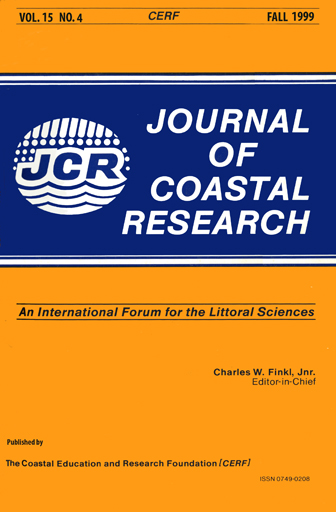Analysis of Oceanic Internal Waves from Airborne SAR Images
Keywords:
Synthetic aperture radar, internal wave.Abstract
Two airborne Synthetic Aperture Radar (SAR) images, which were taken during Office of Naval Research High Resolution Ocean Experiment, were used to study internal wave characteristics along the continent shelf off Cape Hatteras, North Carolina on September 16, 1991. These images showed a mixed signal of oceanic internal waves and bottom sand waves. We interpreted the internal wave packet with wavelengths of about 270 m, which was comparable to the sand wave wavelength. Repeat images, taken together with in situ observations, indicated that the wave packet was propagating with the mean flow at a depth of about 9 meters. Coincident oceanographic measurements were used to determine the oceanic interior structure. In the study region, CTD profiles showed a stratified two-layer system. Using a two-layer finite depth model, we predicted the phase velocity of this internal wave was 0.25 m/s. The Doppler-shifted phase velocity associated with the mean flow was about 0.33 to 0.35 m/s. Therefore, the total velocity of this internal wave packet was about 0.58 to 0.60 m/s. By navigating the two SAR images to the same origin, we were able to measure the wave parameters directly from the SAR image. Intercomparison of successive SAR images suggested the intern al wave packet propagated at the speed of about 0.7 m/s. Thus, the agreement between the model predicted and SAR image observed internal wave parameters was reasonable. Analysis suggested that the localized bottom topographic feature was the generating source for this internal wave packet.Downloads
Published
1999-10-23
Issue
Section
Articles


